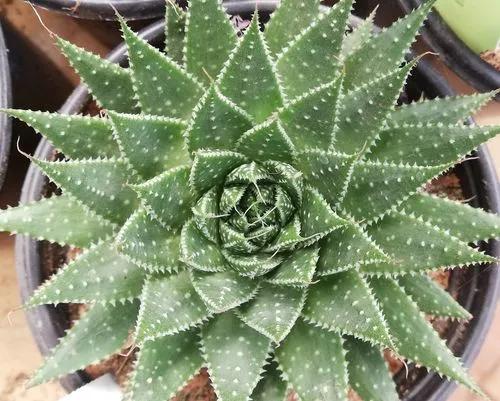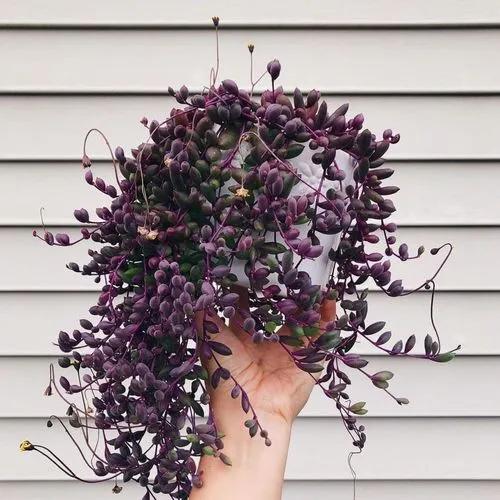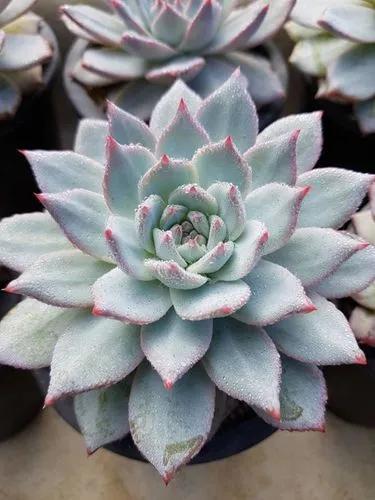Crassula ovata 'Gollum' is a succulent evergreen plant from the Crassulaceae family. Thanks to its unusual color and shape, this plant will become an exquisite decoration for your home.
Finger Jade Care
Crassula ovata 'Gollum'
Other names: Gollum Jade, Money Plant



Crassula ovata 'Gollum' is a small tree that can grow up to 20 inches (50 cm) tall. It differs from other representatives of its species in the shape of the leaves. The fleshy leaves-tubes have expansions in the form of a bowl at the ends. Its edge is circled in red. The growth rate of this plant is slow. The plant blooms in late winter or early spring with small, star-shaped flowers. They can be white or pale pink.
How to Care for the Plant

Water

Do not flood the plant. Moisten the soil only when it is completely dry to a depth of 3-4 centimeters. In winter, the number of waterings can be reduced to one per month.

Pruning

Crassula ovata 'Gollum' periodically needs sanitary pruning. If necessary, you can regularly cut and pinch the tips of the sprouts to get the thickest stem and dense crown.

Fertilizer

You can feed the plant with an all-purpose fertilizer solution or use a special fertilizer for cacti and succulents for this purpose. Do this between April and September, about once or twice a month. In autumn and winter, Gollum needs to be fertilized once a month with half-strength fertilizer.

Sunlight

Unlike other plants of its species, the succulent does not tolerate excessive light. It can serve to burn the tubule leaves and, as a result, their death.

Soil

You may use a nutritious soil substrate based on four parts of turf soil, one part of humus soil, one part of leafy soil, and one part of sand, with the addition of pieces of coal and brick. There should be enough drainage at the bottom of the pot. You can also use ready-made cactus soil.

Propagation

You can propagate Gollum from cuttings. You can cut the plant regardless of the time of year, but it is most convenient to do it in spring or summer. Dry the cuttings for a couple of days, then place them in planting containers filled with a permeable and light soil substrate. You may try rooting the plant in water with the addition of activated carbon. You can also germinate a plant from seeds.

Temperature

The Crassula loves warmth. In summer, the ideal temperature for the plant is 75-77 degrees Fahrenheit (24-25 Celsius). Wintering takes place at a temperature of 54-57 (12-14) degrees. Some growers prefer to leave the plant to winter at room temperature. However, this way, it can start to lose its leaves.

Container

Due to the fact that the root system of this Crassula is not very branched, you can plant it in shallow and large pots. A deep container will retain excess moisture, which can adversely affect the development of the plant. You also need to take care of container steadiness.

Fun fact

It contains negligible amounts of arsenic. However, it is so small that contact with the plant is not capable of harming a human.

Popularity

1,874 people already have this plant 552 people have added this plant to their wishlists
Discover more plants with the list below
Popular articles






